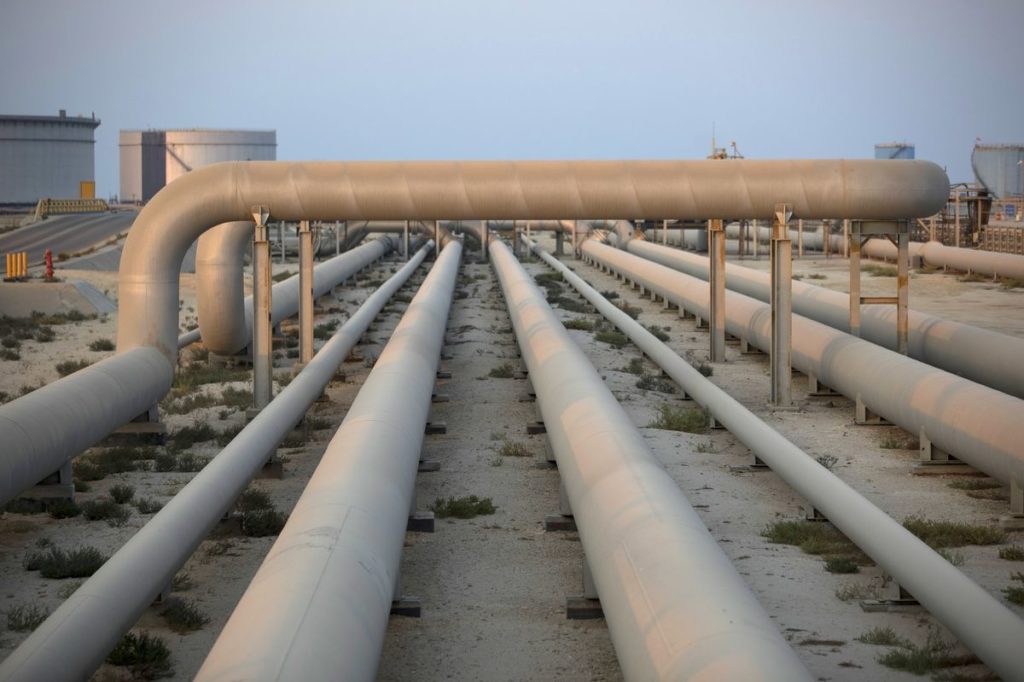
OPEC has taken the decision to cut production by 2 million barrels per day from its August target, amid growing concerns over weak pricing.
There had been speculation going in to today’s Vienna meeting of a 1-1.5mn bpd cut.
OPEC said it had taken the decision in light of the uncertainty around the global economy and the oil market outlook. The producer group, and OPEC+, took the decision to “enhance the long-term guidance for the oil market”.
The countries took the step to cut production in order to be “proactive, and pre-emptive”.
US President Joe Biden expressed disappointment at OPEC’s move, describing it as “shortsighted”. The cut will “have the most negative impact on lower- and middle-income countries that are already reeling from elevated energy prices”.
The statement went on to say the executive would “consult with Congress on additional tools and authorities to reduce OPEC’s control over energy prices”.
WTI and Brent moved up on the news.
Russia and Saudi Arabia both committed to cutting 526,000 bpd. This would put both countries at 10.478mn bpd. Iraq will cut 220,000 bpd and the United Arab Emirates 160,000 bpd.
Quilter Cheviot equity analyst Jamie Maddock said the decision to cut production would have consequences.
“We are currently witnessing a globally co-ordinated strategic oil reserve release, predominantly from the US, that aims to push the price of oil down and help consumers at a time when inflation has surged and the cost of living has intensified. This is ongoing, but this new cut in supply could mean that the benefits of this programme are negated if this move is fully implemented.”
Balancing the books
The White House statement said the Strategic Petroleum Reserve (SPR) would release another 10mn barrels next month. These will continue “as appropriate to protect American consumers and promote energy security”.
The OPEC statement reaffirmed the April 2020 decisions around market management and extended the declaration of co-operation until the end of 2023.
It also said the compensation period would now run until March 2023. This allows those countries that have produced too much or too little to shift those volumes around, providing scope for additional output changes.
Angola and Nigeria technically committed to cuts from their quotas, even while neither has managed to reach it this year. Nigeria will cut to 1.74mn bpd and Angola to 1.46mn bpd, the OPEC document said.
Angola’s production has hovered around 1.19mn bpd this year, while Nigeria recently dropped below 1mn bpd.
Russian squeeze
The group went on to say it would hold a ministerial meeting on December 4. The meeting will come the day before Europe moves to impose additional restrictions on Russian oil exports.
The European Union has banned seaborne Russian crude as of December 5. It is also working with plans for a price cap on Russian oil.
Maddock noted the EU’s shipping insurance restrictions on Russian crude towards the end of the year and into early 2023. “Despite its noble ambitions, this will likely have an impact on output and thus also hit supply at a time when OPEC is cutting and thus pushing prices higher.”
The analyst said the oil price was likely to “remain elevated and volatile for some time to come”.
Rystad Energy, in a note before the outcome was announced, said a cut of 1.5mn bpd would drive prices “close to $100 per barrel”.
The EU will go on to ban diesel supplies from Russia as of February 2023. This will also be a major test of economic resolve.
Updated at 4:40 pm with US response to OPEC’s move.
